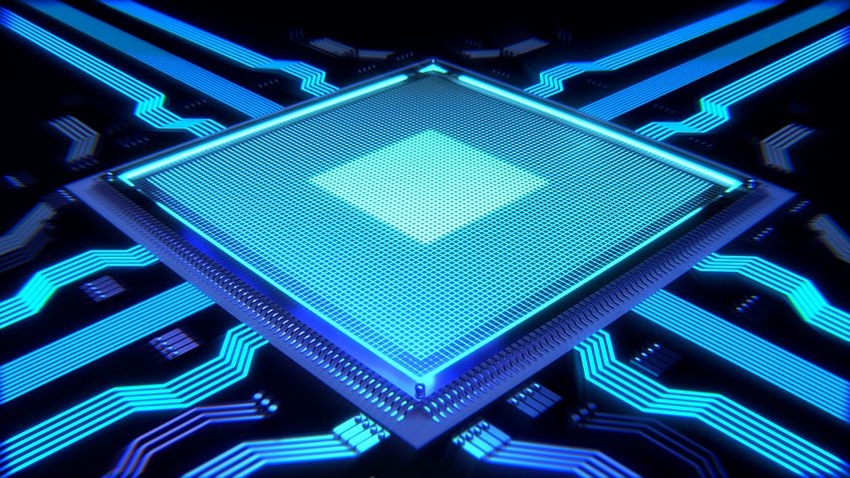The company has launched the ‘Relay robot,’ a new autonomous service robot designed to optimize labor productivity in hospital lab environments.
October 31, 2018

Swisslog Healthcare, a global supplier of solutions and services for material transport, announced earlier this month the full market launch of their flagship technology, the Relay robot. The new autonomous service robot was designed for deployment in various healthcare settings and is set to debut for pharmacy and laboratory pick-up and delivery to help hospitals improve labor productivity.
The new Relay robot was manufactured by Savioke, a robotic engineering firm based out of California. The two companies decided to partner with one another in 2017 in a move to come together to develop an innovative new technology that could improve hospital workflows and increase laboratory efficiency.
The robot’s basic utility is to transport material between points in dynamic, high-traffic indoor environments. Among the many advantages afforded by an autonomous transport system are the efficient utilization of resources that provide an improvement in both patient and staff experiences.
Standing at just 3 feet tall and weighing 90 pounds, Relay uses WiFi and LTE communications to autonomously call elevators and connect with the RelayNow operating platform to signal the unit location, complete routes, and signal the deployment queue. The new technology also utilizes lidar and 3D vision to sense people and obstacles before adjusting course as needed to move along its programmed route unencumbered.
“Thanks to a small footprint and a sleek human-centered design, Relay is unobtrusive and even invites the curiosity of passersby interested in understanding the robot’s function and purpose,” says Ray Castro, director of solutions management for transport automation at Swisslog Healthcare. “Pharmacists, laboratory technicians, nurses, and other clinicians are accustomed to using technology to execute their duties. Relay has an intuitive interface and simpler operating system to make localized route programming and browser-based batch route programming easy and quick.”
Recent studies have shown that nurses walk an average of four hours out of every 12-hour shift just to conduct manual material transport. That means roughly one-third of their shift could be spent conducting routine, low-value tasks such as transporting blood samples to a central lab location, rather than spending their time on direct patient care. The new Relay robot technology could go a long way toward eliminating a large portion of these tasks in an effort to free up time and resources for direct patient care.
“Delays in patient care and walking long distances are among the top-cited roots of hospital inefficiencies,” Castro says. “Relay robot can help mitigate these inefficiencies, freeing skilled clinicians to do more of the high-value duties in their job scopes.”
When asked whether or not the Relay robot could eventually have an impact on medical device use in hospitals overall, Castro was quick to pump the brakes. She says that the healthcare sector is generally late to adopt technology when compared to other consumer markets. The company designed the Relay robot with this in mind in an effort to help bridge that gap and help encourage a faster rate of technology adoption.
As for the future of the new robot, Castro says that the company could eventually work with Savioke to expand the definition of autonomous services robots beyond delivery tasks to include providing a platform for additional patient care through interaction and communication. For now, the company will focus on educating hospital executives, laboratory managers, heads of nursing, and pharmacy directors about the technology as they look to increase the presence of the new autonomous service robots in hospitals and labs around the country.
About the Author(s)
You May Also Like


